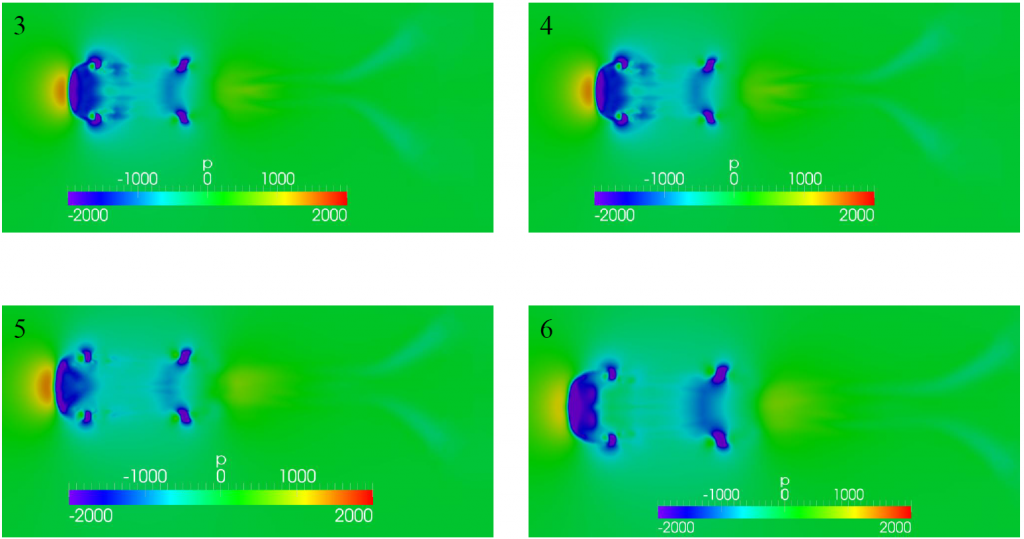Quote:
Originally Posted by Logic

(Apologies for hijacking your thread Talos, but the pics below do show the high pressure areas in front of the car too)
I'm aware of the venturi effect aerohead and that fast moving air generally means lower pressure.
But aerodynamics is a counterintuitive business and i'm confused.
Here's the intuitive idea:

And here's flow which goes with what you said:
https://robrobinette.com/images/S200...ion_NASCAR.jpg
And here's a pressure view from underneath a car where one can see a hint of orange high pressure behind the car:

(Is the high pressure just low down..?)
Here's the exhaust next to the number plate on an early Lotus Europa:
(my project car if I ever get the damn Anglia sold)

But it was moved to the more conventional spot in later models.
At a guess I'd say the rear number plate area is likely to be the most consistent low pressure area on a car at various speeds if you don't care about CO poisoning..?
Link to article where the pics come from:
(properly placed bonnet vent seems like a good idea)
https://robrobinette.com/S2000Aerodynamics.htm
Other links showing the low pressure area behind a car, where people like to put boat tails to 'fill that vacuum' (your canopy included!  ):
https://www.researchgate.net/figure/...fig2_322640200
Car Aerodynamics Basics, How-To & Design Tips ~ FREE! |
1) the highest possible pressure will be the forward stagnation point ( Cp + 0.8 on Tesla 3 ( Edgar )
2) the lowest ( but not exhaust-related region ) pressure will be just ahead of the windshield header ( Cp - 0.69 on Model 3).
3) the next lowest area will be under the car at the diffuser ( Cp- 0.37 ).
4) The base pressure of the wake will be at a higher pressure ( Cp -0.16 ).
5) The 'template' has positive pressure at its rear, all around.
------------------------------------------------------------------------------------
The rear spoiler probably allowed re-attached flow to the boot, killed separated flow upstream at a much lower pressure, allowing the attached flow to decelerate before separating at the 'new' rear of the spoiler, increasing base pressure, lowering pressure drag, and total drag.
Yes, there's 'low pressure' in the wake, but it's at a higher relative pressure than elsewhere.
It's why the aft-body is the most crucial part as far as drag goes.